Pastel Drawing for Beginners
with Elena Tatkina
All lessons and tasks of the online course are recorded by Elena Tatkina. The works will be checked and commented upon by Irina Klimova, the school’s lead instructor.

Hello! My name is Elena Tatkina. I’m an artist, a teacher, an art-director, and a production designer. As a Motion Graphics producer. I took part in such famous movies as “The Turkish Gambit”, “The Brest Fortress”, “Mongol” etc. At Veronika Kalacheva’s Art school I teach the course of pastel drawing.

Hello, I am Elena Tatkina, an artist, a production designer, an art-director and a teacher. I’ve been working with pastel and teaching it for more than 15 years already. Every day I see a great interest to this media as well as some stunning results achieved by students only after 6 weeks of work.
I'm in love with pastel. This media is unique; you actually draw with your hands. Pastel is bright, beautiful, it feels nice; it’s absolutely impossible not to fall in love with it.
Pastel works perfectly for any kind of illustrations, including fashion industry. It is really good for sketching, since it can be used on textured surfaces. The texture shows through unfinished parts, giving the vivacity needed so much by all illustrators
About pastel technique
There is very little information about pastel. People often buy it just because it looks attractive without any idea of how to work with it, so it just sits there. I used to think that teaching younger people is easier. However, now I understand that the best learners are those who really want to learn, who are
interested, motivated, enthusiastic and eager to enter the world of pastel.
I know that men are also interested in pastel, but most of my clients are certainly women. Those who lack creativity, emotions, psychological safety valve, interest for life in their everyday lives. Very often my students are quite far from the art sphere. When they draw, they forget about everything, plunging deeply into their work, not thinking of anything, relaxing, meditating.

Dear friends, let me introduce to you our “Pastel for Beginners” course’ lead instructor, Irina Klimova. Irina will be checking your works, commenting on them, making corrections and giving you advice.
Irina is a distinctive artist with a considerable artistic education.

Irina Klimova
An Artist
A graduate of MPU (Moscow Teacher Training University), easel graphic works department. Irina worked as an artist and art-director in the leading cinema post-production and commercial video studios of Moscow.
She has been dealing with pastel since 1997. Takes part in collective and personal exhibitions in the Central House of Artists and other Moscow Galleries.
How can professional artists develop?
At first I was dreaming to achieve hyperrealism in pastel. So I was drawing extremely thoroughly, never left a single unfinished spot. However, when I understood that now I could draw realistically whatever I wanted, I got bored. That was when I decided that I wanted to show emotions, mood, images. This brought me to sketching technique – expressive, rough, with unfinished edges and patches. And, as I have noticed, others prefer this kind of works too.

Contents of the course
The course lasts one month and a half.
We’ll start with the simplest patterns, eventually advancing to some challenging sketching tasks:
- We’ll learn how to make easy sketches
- We’ll do some hand setting exercises
- We’ll unleash and get ready to create some real pictures
- We’ll study some classical pieces with trichromatic palettes.
- We’ll approach step by step some expressive sketches, like Degas’
In the end of the course you will have several works which can become a good interior decoration or a great present for friends. The course will prove useful both for beginners and professional artists. Very few people know that pastel combines very well with watercolor. A mixed-technique watercolor looks much more bright and eye-catching.

Learning format
This course cannot be just watched, as a TV-show. You will definitely have to work. Although the tasks will be easy, you will have to complete them and show the results all the time in order to get critics, comments, as well as some energy and motivation for new challenges.
What makes this course different from any other is that I never just leave you there with the video files. This is a full-scale distance learning.
During the whole month you’ll be getting my comments, while I will be monitoring the results of every student.
List of materials
- Dry pastel (soft)
- The result depends directly on the quality of the material. I recommend Rembrandt. Budget options:
- Rembrandt 90 colors, halves – a full minimal set
- Rembrandt 60 colors + buy per piece: burnt umbra, dark. If not available, also possible koh-i-noor soft (round) 48 colors + burnt umbra, dark; cinnabar green, dark
- Pastel ultra soft
- If desired, as an addition to the dry one. Usually dark or light colors are needed. Any manufacturer: koh-i-noor EXTRA soft, schminсke, Unison Colour Soft Pastels, «MUNGYO» Korea(professional, soft, handmade. NOT to be confused with the regular one!)
- Pastel crayons (preferably Dervent)
- White
- Natural umbra, light
- Burnt umbra, dark
- The rest are optional
- Paper for pastel Tiziano (can be Canson too)
- White or champagne 50×60 - 2 items
- o Light grey (pearls) 50×60 - 2 sets or А4 6–8 items
- Grey (flannel) 50×60 - 4 items
- Grey cold (flannel) 50×60 - 4 items
- Sand 50×60 - 2 items
- Marine green 50×60 -1-2 items
- Or glued together, the same colors:
- Tiziano Fabriano light colors 24×33 cm
- Tiziano Fabriano Brizzati Colour 24×33 cm
- Abrasive paper
Sand paper from a construction or auto shop № 600, 700 or 800 (important!). Color: brown, light grey (can be replaced with dark-grey) 5-7 items А4. - Eraser for soft materials
- Sketch-board А3
- Painter’s tape
- Stumps of 2 sizes (paper or silicone)
- Apron





















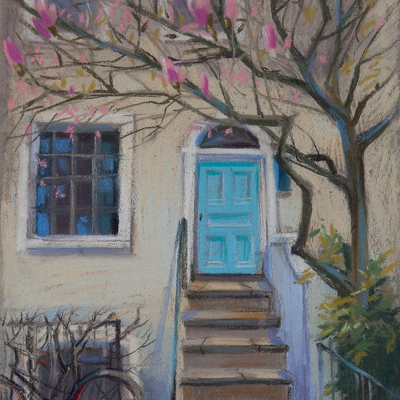

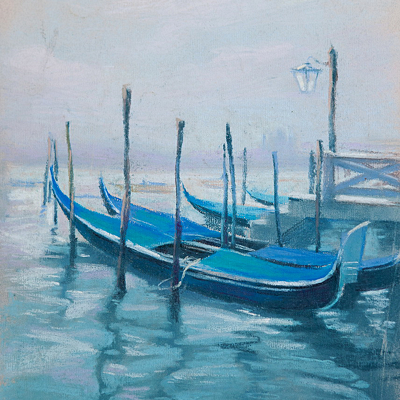

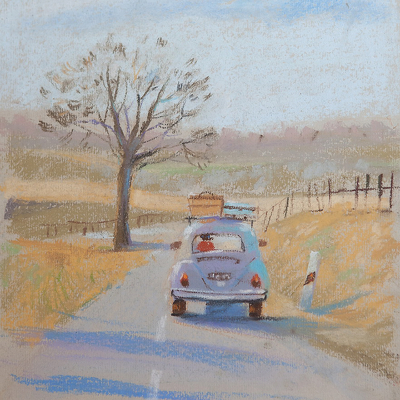

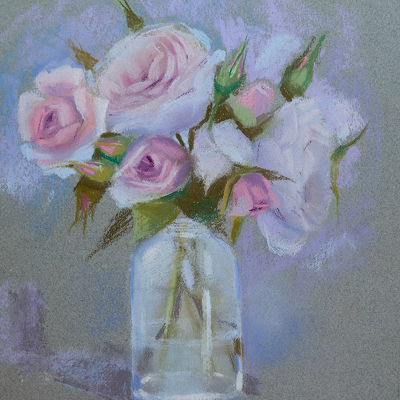

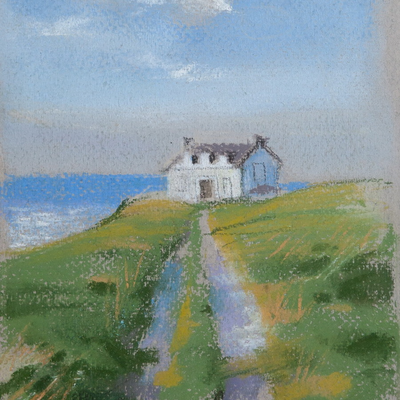

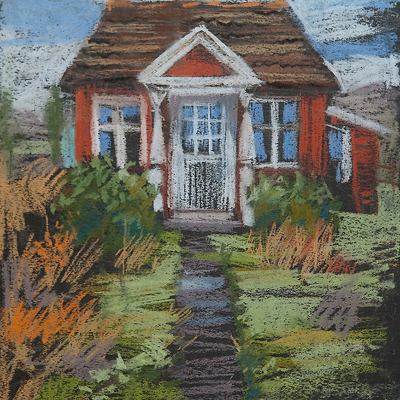


авторизуйтесь